Here’s a list of fascinating facts about China, covering history, culture, geography, economy, and more:
When people hear “China,” they might instantly think of pandas, kung fu, or maybe noodles. And sure, those things are awesome. But China is so much more than that. It’s a land of ancient empires, cutting-edge tech, mouth-watering food, and 1.4 billion people who make it one of the most fascinating countries on Earth.
Whether you’re dreaming of exploring the Great Wall, tasting dumplings in a street market, or trying to wrap your head around how it went from farming villages to a tech superpower—China is the place to watch. Let’s take a relaxed but informative stroll through this incredible country.
🌏 Where in the World Is China?
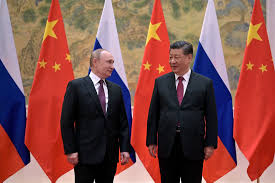
China is in East Asia and is the third largest country in the world (after Russia and Canada). It’s so big that it touches 14 other countries, from India and Russia to Vietnam and Mongolia.
Its geography is like a massive buffet of landscapes—deserts in the west, jungles in the south, mountains in Tibet, and mega cities scattered all over. Oh, and don’t forget the mighty Yangtze River and Yellow River, which are basically the lifelines of Chinese civilization.
🏛️ A Civilization That Goes Way Back
China isn’t just “old”—it’s ancient. We’re talking about a place where people were building cities, inventing writing, and making silk when much of the world was still figuring out farming.
The Dynasties You Should Know (Don’t Worry, Just the Cool Ones):
- Xia, Shang, Zhou: The OGs of Chinese history. This is where Chinese writing, philosophy, and bronze tools started.
- Qin Dynasty: Ever wondered where the name “China” comes from? This dynasty! Emperor Qin Shi Huang united the country and started building the Great Wall. Also buried himself with the Terracotta Army (super extra, but cool).
- Han Dynasty: China starts trading with the world through the Silk Road and becomes a cultural superpower.
- Tang and Song Dynasties: Golden age! Think poetry, art, science, and massive cities.
- Ming Dynasty: Hello, Forbidden City and world-famous blue-and-white porcelain.
- Qing Dynasty: The last dynasty, ruled by the Manchus. Ended in 1911 when China said goodbye to emperors.
🚀 From Empires to a Modern Powerhouse

After the dynasties ended, China went through a wild time—wars, invasions, civil wars, and revolutions. In 1949, Mao Zedong and the Communist Party took over and founded the People’s Republic of China.
Fast forward to now…
Since the 1980s, China has undergone massive economic growth. In just a few decades, it’s transformed from a rural country to a world leader in technology, manufacturing, infrastructure, and even space exploration.
Ever heard of Alibaba, Huawei, TikTok (Douyin), or BYD electric cars? All made in China. 🚀
🧠 Culture: Deep, Diverse, and Still Going Strong
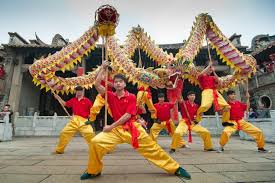
You can’t talk about China without diving into its culture. It’s been shaped over thousands of years and still plays a huge role in everyday life.
Language
- The main language is Mandarin Chinese, the most spoken language in the world.
- There are also hundreds of dialects and languages, like Cantonese, Shanghainese, and Hakka.
Philosophy & Religion
- Ancient Chinese philosophy includes Confucianism, Taoism, and Buddhism—all of which still influence how people think, live, and interact.
- Concepts like yin and yang, feng shui, and karma all come from here.
Festivals
- Chinese New Year (Spring Festival): Fireworks, dumplings, red lanterns, and lucky envelopes (with cash!).
- Mid-Autumn Festival: Mooncakes and family reunions.
- Dragon Boat Festival: Racing boats and eating sticky rice wrapped in bamboo leaves.
🍜 Let’s Talk Food (Because It Deserves Its Own Section)
Chinese food is a whole universe of flavor. And no, we’re not just talking about American Chinese takeout.
Some mouth-watering regional dishes:
- Beijing: Crispy Peking duck with thin pancakes.
- Sichuan: Spicy dishes that’ll make your mouth tingle (literally! Thanks to Sichuan peppercorns).
- Cantonese: Famous for dim sum, BBQ pork, and delicate flavors.
- Shanghai: Sweet sauces, soup dumplings (xiao long bao), and lots of seafood.
- Northwest (Xinjiang): Hearty kebabs and hand-pulled noodles.
And the best part? Street food is everywhere—skewers, buns, noodles, you name it. Eating your way through China is a legit travel goal.
🏙️ Cities That Never Sleep
China’s cities are huge, buzzing, and super modern—with ancient temples hiding in the back alleys.
- Beijing: The capital. Home to the Forbidden City, Tiananmen Square, and temples galore.
- Shanghai: Super futuristic skyline, trendy neighborhoods, and old colonial buildings. Basically, East meets West.
- Shenzhen: The Silicon Valley of China. In 40 years, it grew from a fishing village to a tech mega-city.
- Chengdu: Chill vibes, pandas, and spicy hotpot.
- Xi’an: The start of the Silk Road and home to the Terracotta Warriors.
China’s transportation game is also next-level: high-speed trains, bullet metros, and even robot-run airports.
🐼 Pandas, Parks & Natural Beauty
China isn’t just cities and skyscrapers—it’s also full of nature.
- Giant Pandas: China’s national treasure. Most live in Sichuan Province.
- Mountains: From Mount Everest (yes, part of it is in China) to the misty Yellow Mountains.
- Rivers: The Yangtze and Yellow River are key to the country’s history.
- Landscapes: Deserts, rice terraces, bamboo forests, tropical beaches—you name it.
China is huge, so the scenery changes dramatically depending on where you go.
🛠️ Economy, Tech & Innovation
China went from bicycles to bullet trains in just a few decades. Today, it’s one of the biggest economies in the world.
- It’s the top manufacturer of electronics, clothes, toys—you name it.
- Cities like Shenzhen are leading the charge in AI, robotics, and electric vehicles.
- China is also exploring space, sending astronauts to space stations and even landing rovers on the moon and Mars!
But it’s not all smooth sailing. Challenges like pollution, income inequality, aging population, and global trade tensions are real issues the country is working on.
🏛️ Government and Global Power
China is ruled by the Communist Party of China (CPC), and Xi Jinping is the current president. The government plays a strong role in everything—from the economy to media to education.
China has also become a major player in global politics. It invests in infrastructure in many countries (through its Belt and Road Initiative) and is involved in key international issues like climate change and cybersecurity.
👥 Daily Life and People
The everyday life of people in China is a mix of tradition and tech.
- People pay with apps instead of cash.
- Kids still study classical poetry, but also learn coding in school.
- Seniors might practice tai chi in the park every morning, while teens watch K-pop and vlog on Douyin (Chinese TikTok).
Despite the differences across regions and lifestyles, a few things stay the same: family is important, education is highly valued, and food is always a big deal.
🎉 In a Nutshell…
China is not just another country—it’s a whole world of its own. From its ancient dynasties and rich culture to its lightning-fast tech growth and influence on the world, it’s one of the most unique and important places on the planet.
It’s a country where:
- You can eat dumplings under a 2,000-year-old temple,
- Hop on a train that travels 350 km/h,
- And meet people who are just as proud of their history as they are excited about the future.
So yeah—China isn’t just “that place with pandas and kung fu.” It’s a living story, still being written every day.
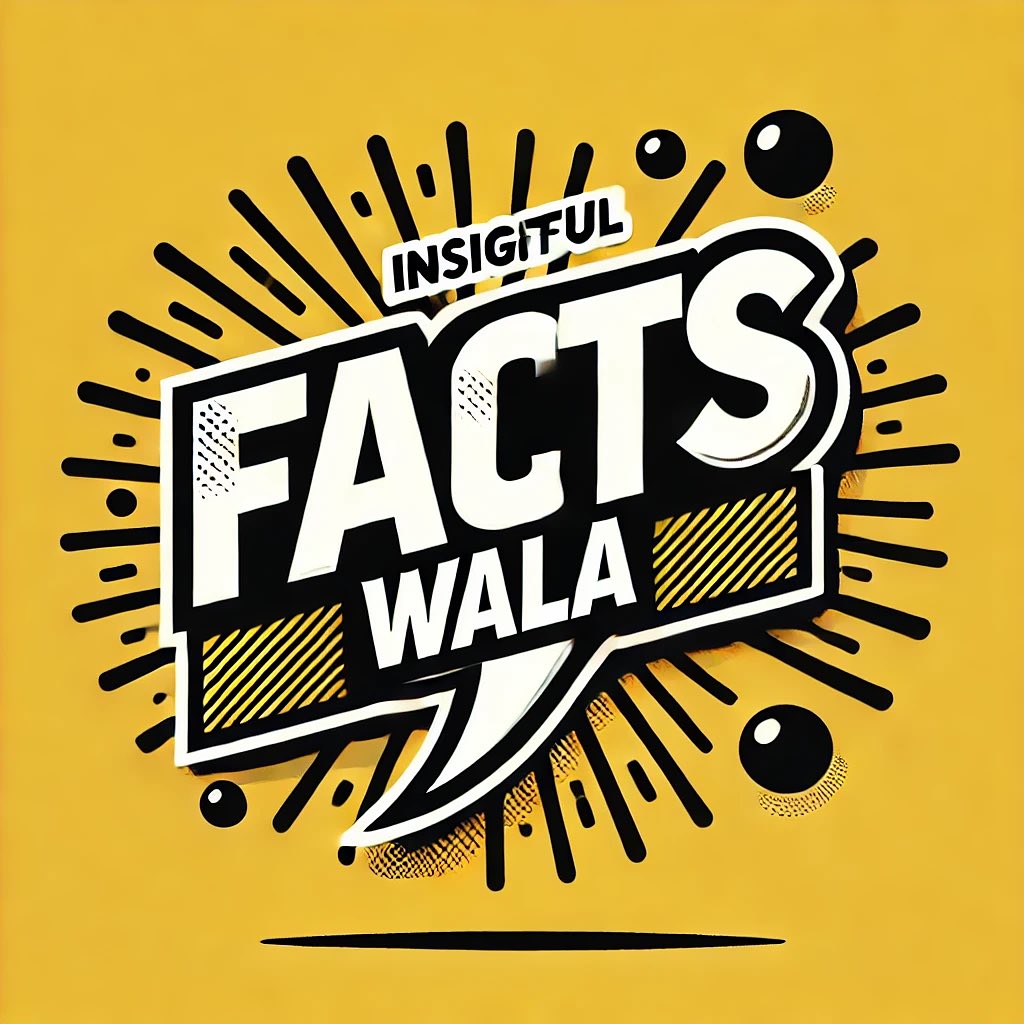
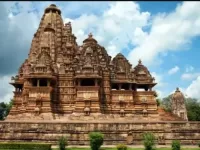







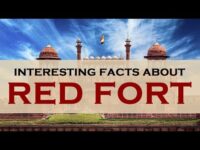



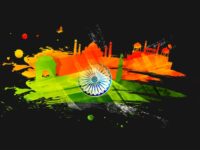
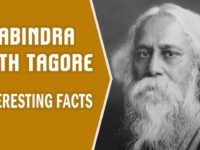

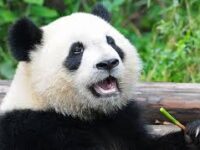
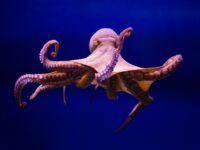
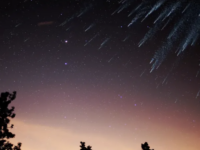


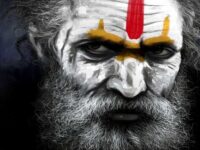
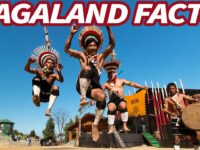




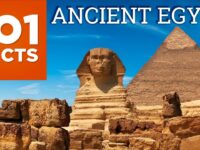
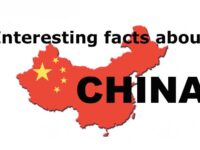
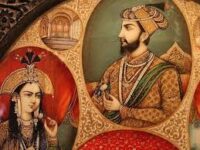
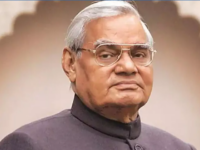









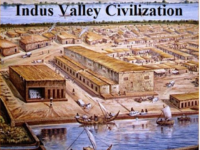






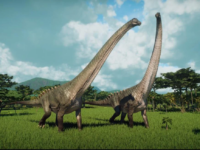
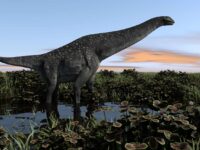
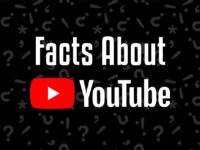
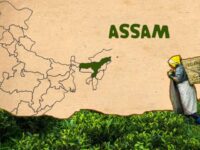

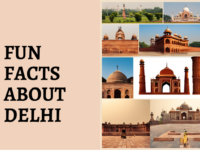


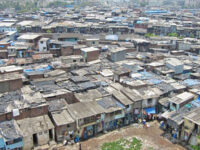
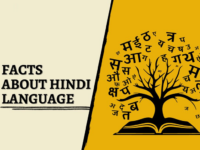
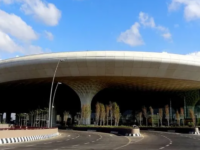



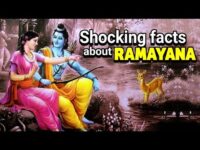
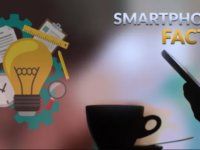


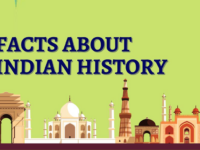
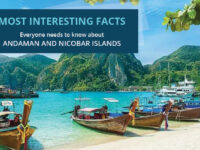
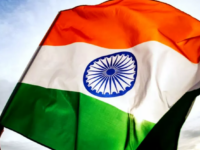
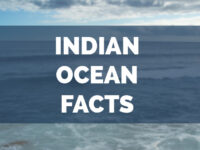

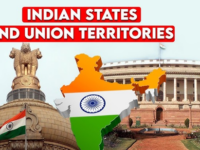

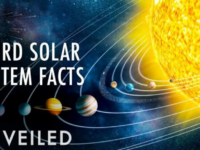
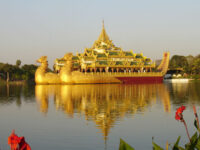



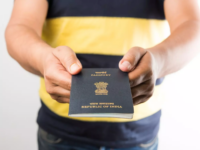

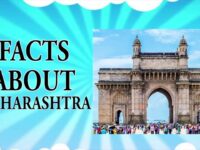
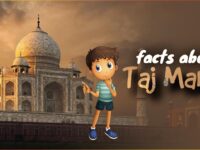

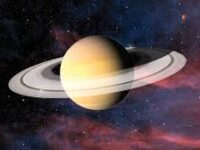
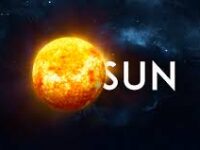

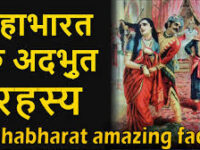

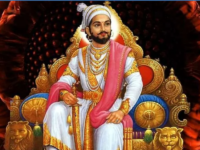
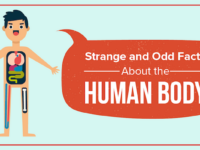

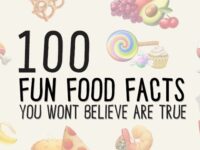


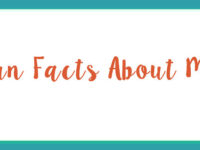
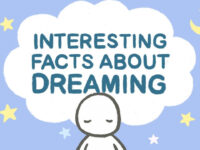
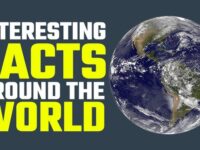

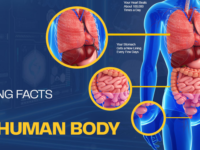




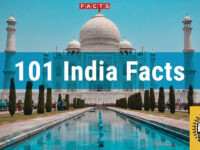

0 Comments